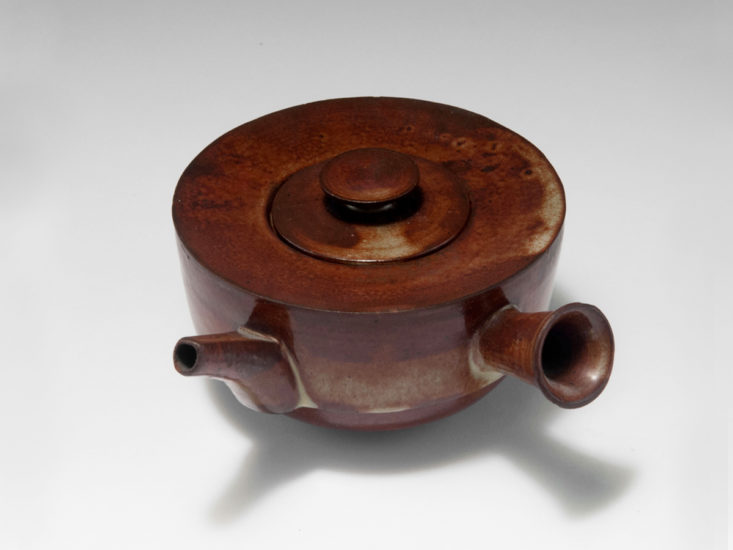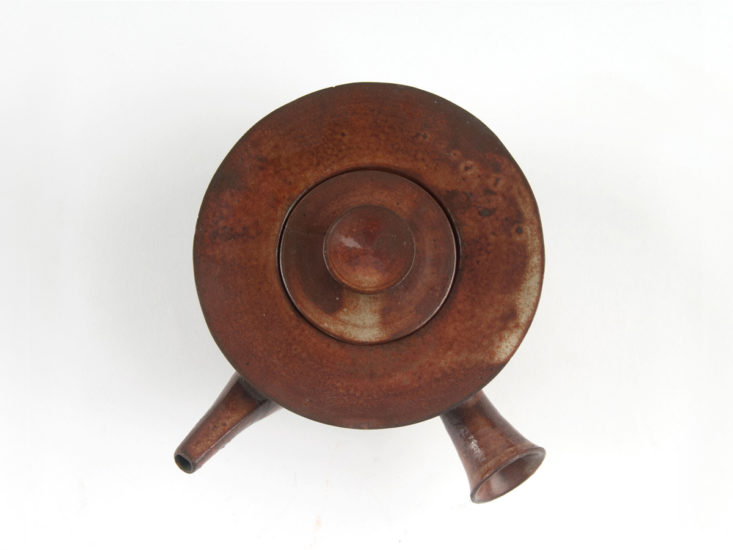Theodor Bogler was one of the leading artists of the Dornburg-based pottery workshop of the Bauhaus. The teapot is an example of his timeless design, it was built in simple basic forms, which he combined for his different models – according to the modular system Walter Gropius claimed for architecture. Bogler studied pottery at the Bauhaus Weimar. The death of his wife led him to the Catholic faith. In 1927 he entered the monastery of Maria Laach, became a monk and priest, and not only looked after the renovation of the abbey church but also continued his artistic work there.

Theodor Bogler, Tiny Tea extract pot, 1923. Keramische Werkstatt Dornburg.

Bogler’s tea extract pot was hammered down at €27,000 after a heated battle.
Marcel Breuer’s slatted chair is one of the most famous designs from the Bauhaus era in Weimar, inspired by the design principles of the DeStijl movement. With simple means – wooden panels and fabric strips – he designed a light, stable and comfortable chair, which was preceded by a functional analysis of the correct posture while sitting. Estimated price 15,000-25,000

The ti 1a wooden-slat chair from 1924. A German bidder secured it for himself at €44,000 (with fees).
The napkin holder is a typical everyday object designed by Marianne Brandt, one of the most diverse and prolific woman artists at the Bauhaus. Especially her functional luminaires are well-known today.

Marianne Brandt, Napkin holder, 1929-32. Ruppelwerke Gotha. Sold for €400.
A true classic is the chess game by Josef Hartwig, one of the most successful Bauhaus products. It broke with traditions, the figures are made of cubes, cylinders and spheres and at the same time show the playing directions.

Josef Hartwig, chess set XVI, 1924. Bauhaus Weimar. sold for €8,000